- You have no items in your shopping cart
- Subtotal: $0.00
Painted Finches for sale are great additions for your aviary if you are looking for a gentle finch. Painted finches (Emblema pictum) are a common species of estrildid finch found in Australia. It is also known as the Painted Firetail or the Painted Firetail Finch. It is the only species in the genus Emblema.
Geography: Painted Finches are most commonly found in semi-desert areas, grasslands and subtropical (lowland) dry grassland. Estrildinae may have originated in India and dispersed thereafter (towards Africa and Pacific Ocean habitats).
Song / Call: Click here for Painted Finch Song.
Size / Weight: 11-12 cm.
Sexing: They are easily visually sexed as The Hen will not have as much red around the eye region and a small section of red will be present on the breast, with the more noticeable white spots covering the breast.
DNA Testing
If there is no gender option listed for a bird on our website, that particular species is ‘monomorphic’, which means we’re unable to determine gender without purchasing DNA testing. DNA testing is an additional $149 per bird to guarantee preferred gender. DNA testing may add an additional 3-6 plus weeks to estimated delivery time to allow for gender results. See our FAQs for more info.
Temperament: Painted Firetails are generally easy going, docile and good natured. They do well in aviaries with other finches that share their peaceful disposition and more than one pair can be kept in the same aviary. However, they get easily stressed with more aggressive species, such as zebra or owl finches.
Breeding: Due to their habitat the Painted Firetails breeding may not be as structured and scheduled as other finches. Their breeding will be spontaneous and dependent on what resources and food is available. Their nest’s consist of a few layers of different materials. The first layer acts as a base or platform made up of small stones, or any hard protection. Some nests including fairly thick pieces of branch or twigs in and amongst the stones. Once this base layer has been made the nest is made with grass, twigs, leaves and bark. The cock is very meticulous in his technique and you will find that if not all materials are available, the nest will fell and look incomplete leading to a low breeding profile.
Lifespan: 7-8 years in an aviary environment.
Diet: Classic Finch Seed, Australian Blend Goldenfeast, Mineral Grit, Dried Egg Food, Millet, greens, Lebanese cucumber, fruits, vegetables and live foods (such as meal worms)
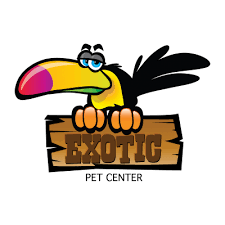



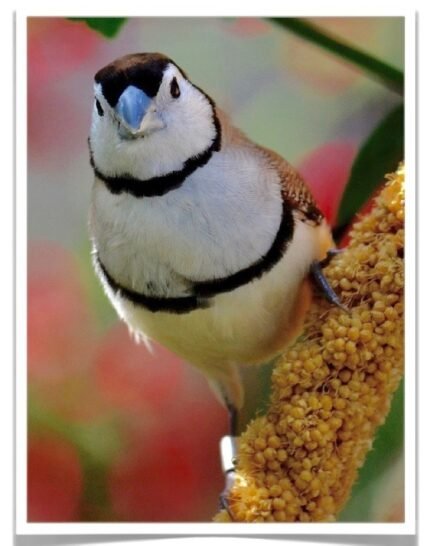

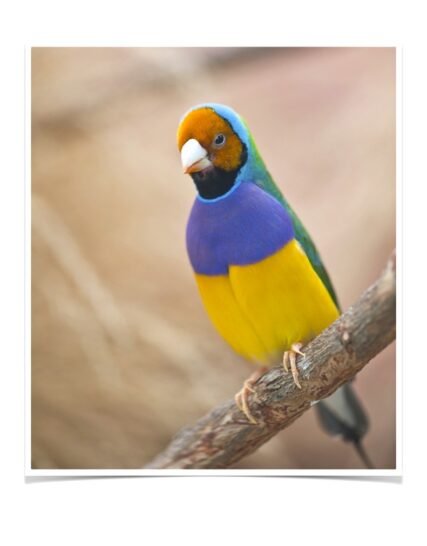

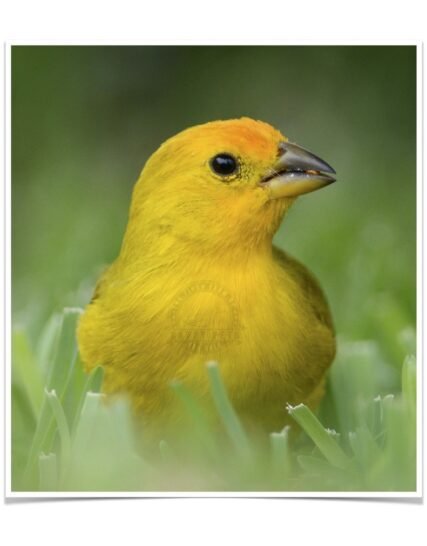
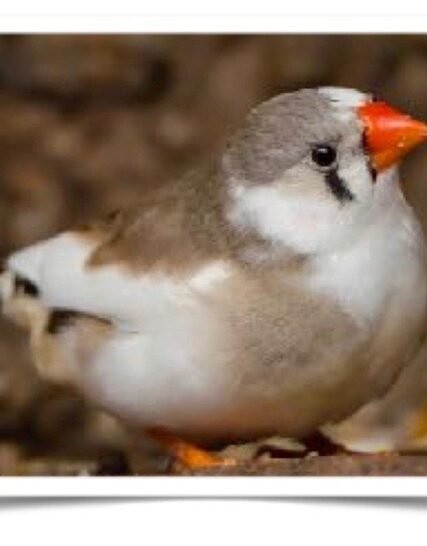
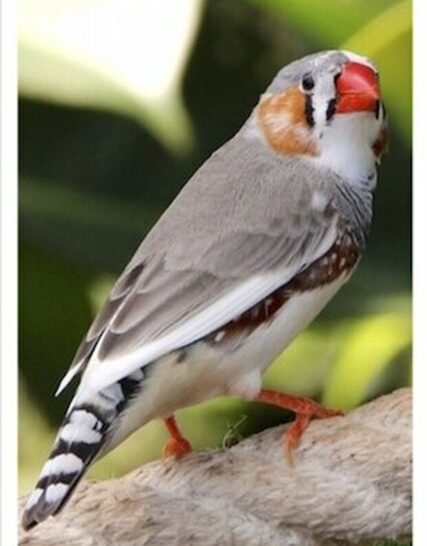
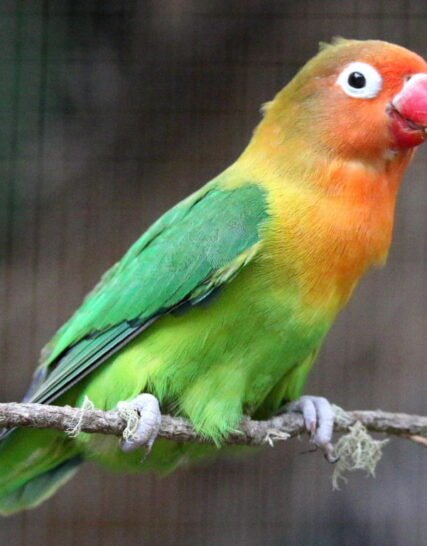
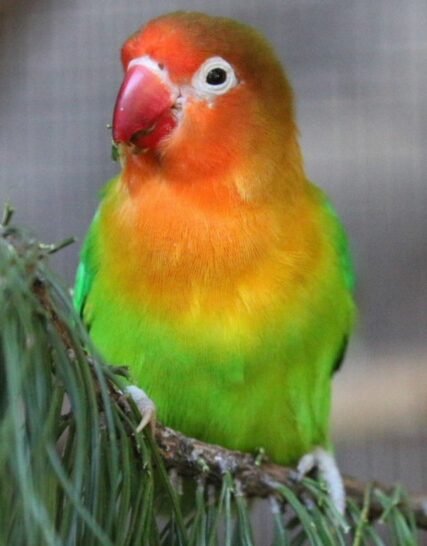
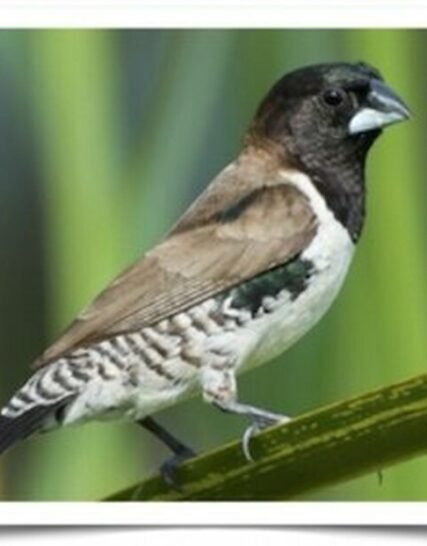
Reviews
There are no reviews yet.